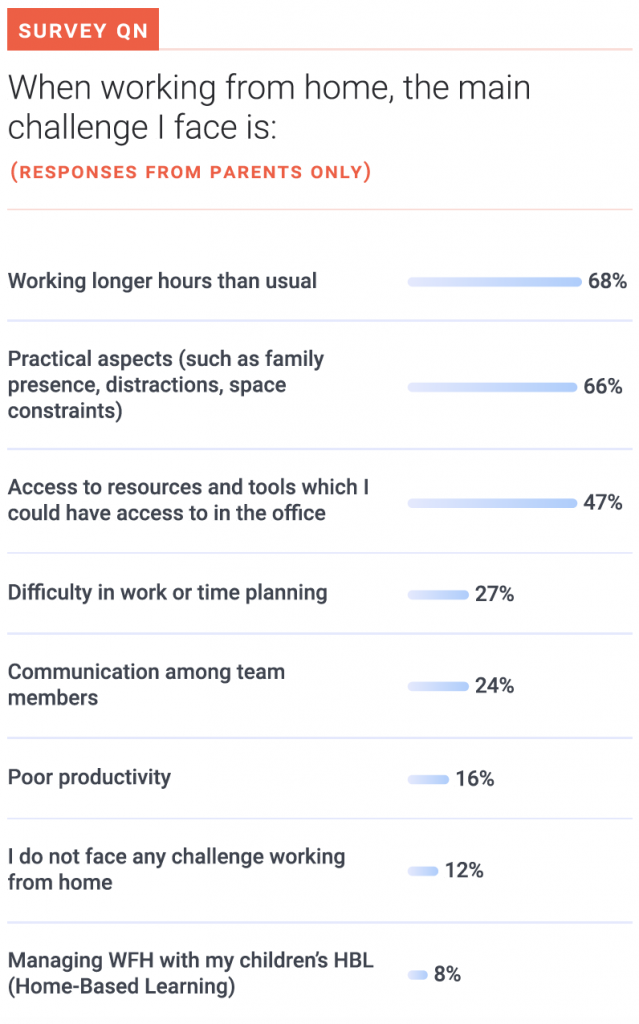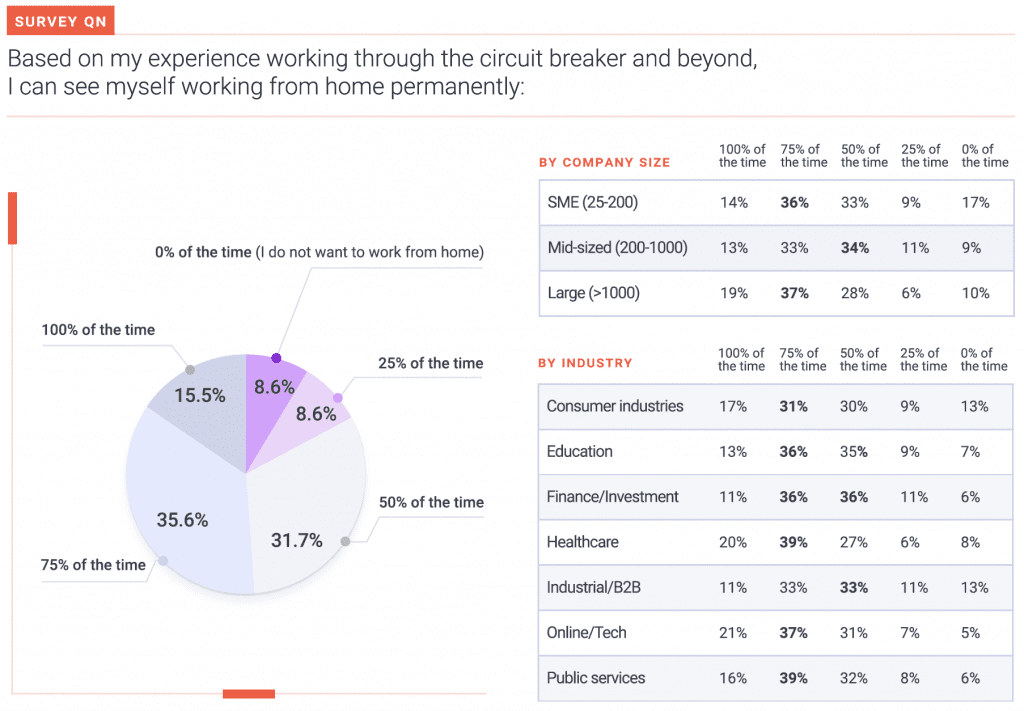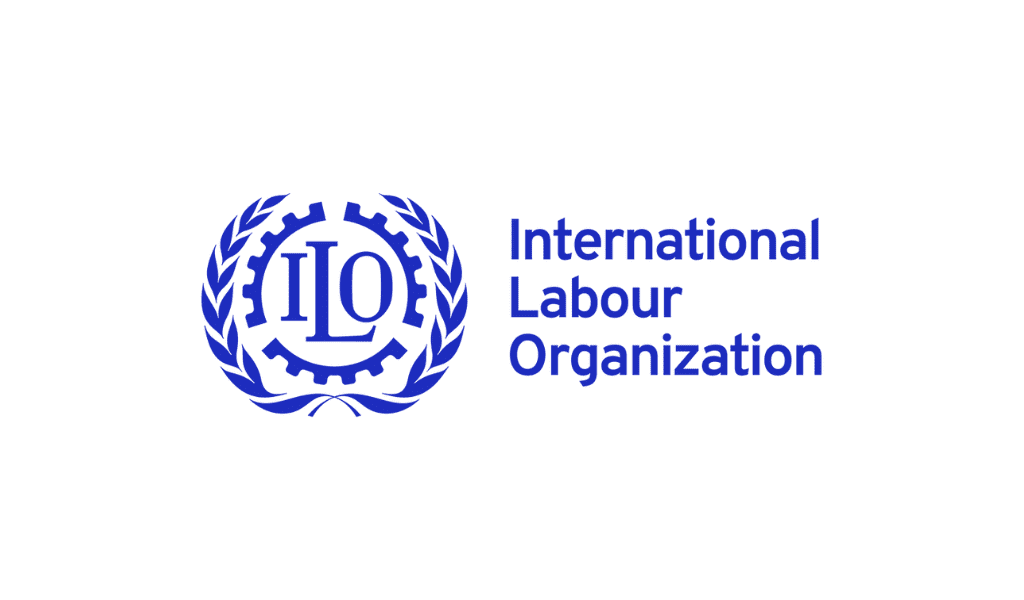A new survey of the Singapore workforce reveals key strategies to support employees in a time of crisis.
By Marta Chmielowicz
The COVID-19 pandemic has forced employers, leaders, and teams to rethink how they get work done. In the face of immense uncertainty, a new study published by EngageRocket in partnership with the Institute for HR Professionals (IHRP) and the Singapore HR Institute (SHRI), The Resilience of the Singapore Workforce, explores how leaders and employees in Singapore have responded to the challenges of 2020. The results paint a remarkable picture of resilience and adaptability amongst Singapore workers, uncovering strategies organisations can leverage to remain an employer of choice in the emerging reality.
Ensuring Employee Well-Being
The shift to working from home was a significant pain point for the Singapore workforce, with research indicating that employees between the ages of 30 and 50 have had the hardest time coping with the shift. In particular, workers in the education sector and consumer industries like retail and hospitality reported unacceptable levels of stress (30% versus 22%, respectively).
 Safety fears have also been detrimental to employee mental health, with more than one out of five employees reporting that they don’t feel safe returning to a physical workspace. In particular, employees are concerned about:
Safety fears have also been detrimental to employee mental health, with more than one out of five employees reporting that they don’t feel safe returning to a physical workspace. In particular, employees are concerned about:
- A second wave of infection (69%);
- compliance among co-workers (53%);
- cleanliness of the workplace (29%); and
- arranging home care for family members or dependents (17%).
In order to confront these challenges, organisations will need to adopt in-office safety measures and offer ways for employees to share any concerns they may have about their mental health. They will also need to focus on prioritizing work-life balance and supporting parents, 40% of whom report feeling significant stress -a rate double the average.
Focus on Infrastructure
The shift to work from home cannot be undone, and organisations will need to learn how to manage a hybrid workforce that spans full-time employees, hourly workers, and gig employees working remotely and in the office. In fact, the research shows that across industries and enterprise sizes, two-thirds of respondents would prefer to work from home 50% to 75% of the time.
To adapt, organisations will need to adopt cloud-based technologies that permit digital communication, virtual hiring and onboarding, performance management, collaboration, and more. A cloud-based infrastructure may even solve some of the top challenges facing remote workers today:
- Access to tools and resources that they would have in the office (50%);
- communication among team members (36%); and
- difficulty in work or time planning (21%).
Boost Productivity
While working from home is a challenge for certain employees, organisations shouldn’t draw a link between remote work and productivity with broad strokes. While one in three (36%) respondents indicated a decrease in productivity since the start of COVID-19, nearly half (46%) said they are able to work equally well from home and the office. Additionally, 18% said it takes them less time to complete a task at home than it did in the office, while 46% said it takes the same amount of time.
Instead, organisations should work to navigate challenges with patience and grace, providing the appropriate technology and support to avoid major issues. Some reskilling may be necessary to teach employees how to leverage existing technology tools and effectively communicate with their teams remotely.
Being transparent and providing internal updates can also boost employee confidence and loyalty, reducing stress and providing much-needed guidance during a turbulent time. By caring for and supporting their employees, organisations can build more engaged teams that will be increasingly committed to working towards the company’s recovery.















